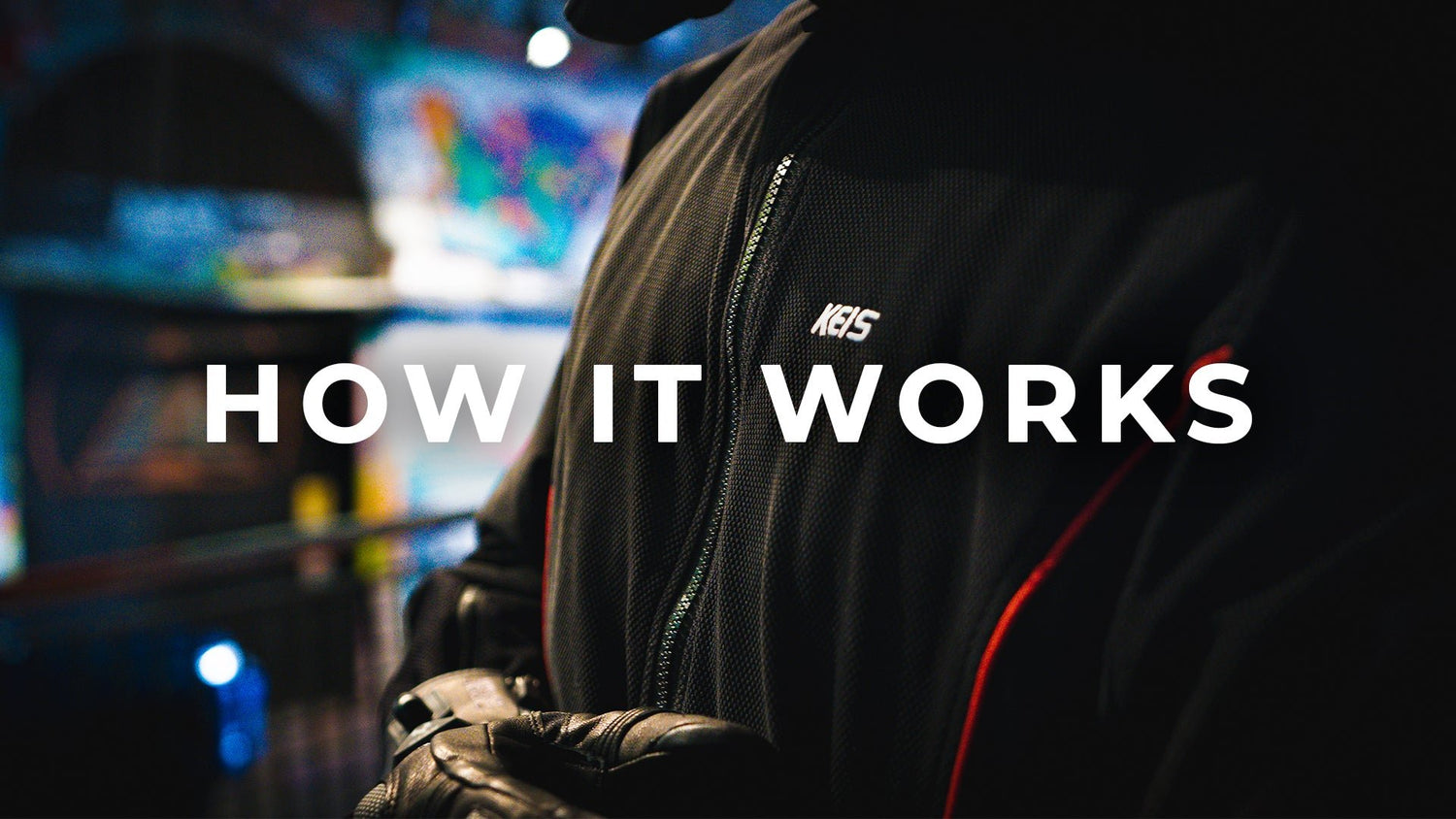In recent years, innovations in technology have transformed how we stay warm in colder climates, with heated clothing becoming a popular option for motorcyclists, outdoor enthusiasts, athletes, and anyone looking to keep warm during winter. At the core of this technology are two key components: micro carbon fibre and far infrared (FIR) heating. But what exactly are these, and why are they so effective?
The Science of Micro Carbon Fibre
Micro carbon fibres are incredibly thin—often thinner than a human hair—yet incredibly strong and lightweight. They are composed mainly of carbon atoms arranged in a crystalline structure, which gives them superior electrical conductivity. This property is crucial in heated clothing because micro carbon fibres serve as the heating element.
When an electric current passes through these fibres, they resist the flow of electricity, and this resistance generates heat. Due to their flexibility and small size, micro carbon fibres can be seamlessly integrated into fabrics without compromising comfort or mobility. This makes them ideal for use in clothing, where lightweight, flexible heating elements are a must.
How Far Infrared (FIR) Heating Works
Far infrared (FIR) heating refers to a specific type of heat radiation that is part of the electromagnetic spectrum. Unlike conventional heat, which primarily warms the air around us, far infrared radiation penetrates deeper into the skin, heating the body directly from within.
The science behind FIR heating is fascinating: the infrared waves have a longer wavelength, allowing them to penetrate up to several centimetres beneath the skin. This deeper heating is more efficient because it warms the muscles and tissues directly, rather than just the surface of the skin. This makes FIR heating not only effective for maintaining warmth but also beneficial for improved blood circulation, relaxation, and even pain relief. FIR is also great as it mimics sunshine warmth, which is ideal during the winter when sunshine exposure feels limited.
Why It's Used in Heated Clothing
- Lightweight and Flexible: Traditional heating elements can be bulky and uncomfortable, but micro carbon fibres are lightweight, flexible, and can be woven seamlessly into fabric. This makes heated clothing feel natural while still delivering warmth.
- Efficient Heating: Far infrared heating is highly efficient. Because it directly heats the body rather than the air around it, users can feel warmer more quickly while using less energy. This makes the clothing ideal for outdoor activities like motorcycling, skiing, hiking, or cycling, where warmth without bulk is essential.
- Health Benefits: The deeper penetration of far infrared heating has been shown to improve circulation and reduce muscle stiffness. This is a bonus for athletes and people with joint or muscle pain, as it helps maintain flexibility and comfort even in cold conditions. We use this technology in KEIS kit, as our main priority is reducing risk for motorcyclists which comes about when cold on the bike, which is mainly a result of loss of concentration and reaction times.
- Battery-Powered Convenience: Most heated clothing powered by micro carbon fibre elements use small, rechargeable batteries, allowing wearers to control the level of warmth they need with ease. These garments are designed to be energy efficient, providing several hours of warmth on a single charge.

